Anthropological Insights into Modern Psychotherapy
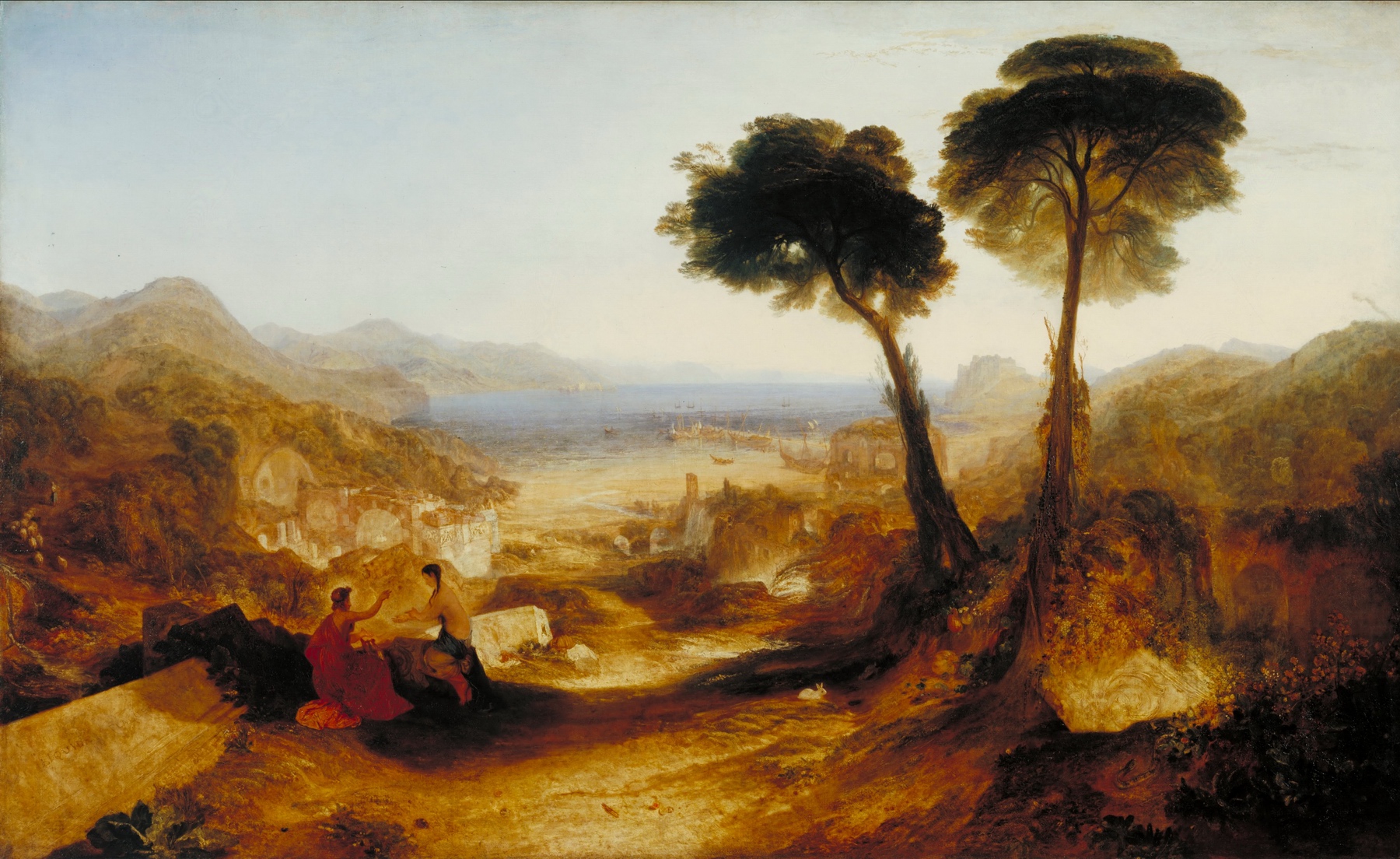
Throughout human history and across cultures, rituals and storytelling have played a central role in addressing psychological ailments and facilitating healing. While modern psychotherapy can seem like a far cry from the traditional practices of shamans and healers, a closer examination reveals intriguing parallels in how both employ symbols, narrative, and community to treat mental illness and restore well-being.
At their core, healing rituals and psychotherapy share the goal of creating meaning out of suffering. As medical anthropologist Arthur Kleinman notes, “Healing is not just about treating the body, but about treating and healing existential experience” (Kleinman, 1988, p. 9). Traditional rituals achieve this through symbolism, enacting a mythological drama that allows the patient to reframe their plight in archetypal terms (Eliade, 1964).
A shaman may guide a patient on a spiritual journey, invoking powerful imagery of death and rebirth to metaphorically “kill” the illness. Likewise, Jungian therapy utilizes dreams, art, and myth to connect the analysand’s personal story to universal human themes, revealing the symbolic and purposeful dimension of their struggles (Corbett, 2007). By tapping into the symbolic realm, both practices help patients find a deeper meaning in their suffering.
The Power of Storytelling in Healing
Storytelling itself is a potent healing force found in both ancient practices and the modern therapy room. Traditional healers often construct illness narratives that contextualize the patient’s symptoms within their cultural belief system, imbuing them with meaning (Mattingly & Garro, 2000).
Narrative Therapy and Re-Authoring
In contemporary psychotherapy, the client is encouraged to find language for their inner experience, weaving a new story that fosters insight and a sense of authorship over their lives. Narrative therapy explicitly focuses on this process, helping clients “re-author” problem-saturated stories into more empowering ones (White & Epston, 1990). As psychiatrist Irvin Yalom writes, “The primary therapeutic tool is the self and one’s ability to form an authentic relationship” through sharing stories (2002, p. 410).
This authentic relationship points to another key parallel: the vital role of community in healing. Many traditional rituals take place in a communal setting, with the patient’s social network actively participating. The Kung bushmen of the Kalahari engage the entire community in healing dances that can last all night; the healed patient is then reintegrated into the social fabric (Katz, 1982).
Group Therapy and the Therapeutic Alliance
Modern group therapy and support groups mirror this format, providing a safe setting for self-expression and fostering a sense of universality and belonging (Yalom & Leszcz, 2005). Even individual therapy occurs within the “culture of the dyad,” with the therapeutic alliance itself serving a curative function akin to the shaman-patient bond (Frank & Frank, 1991). The social support and sense of connection provided by these communal contexts can be deeply healing.
While rituals and psychotherapy differ in their cultural trappings, both share essential elements that speak to a timeless human need for meaning, expression, and connection during times of distress. By studying healing traditions through an anthropological lens, therapists can gain a deeper appreciation for the power of symbols, stories, and social support – and in doing so, access the oldest medicine of all.
The Shaman as a Spiritual Phenomenon
As analyst Carl Jung himself recognized, “The medicine man is a truly religious phenomenon” (1964/1978, p. 349) with much to teach the modern practitioner about the art of healing the soul. By understanding the shaman’s role in tribal societies, therapists can better appreciate the spiritual dimension of their own work and the importance of attending to the patient’s existential needs.
Integrating Anthropological Insights into Psychotherapy
Contemporary clinicians have much to gain from studying indigenous healing practices. By incorporating elements of ritual, myth, and community into their work, therapists can create a more holistic and culturally-resonant approach to treatment. This may involve using expressive arts therapies to access symbolic content, emphasizing narrative interventions, or facilitating group work and social support.
The Future of Psychotherapy:
A Return to Ancient Roots As the field of psychotherapy continues to evolve, it is important to remember its ancient roots in shamanic healing and ritual. By embracing the timeless elements of symbolism, storytelling, and community, therapists can create a more integrated and effective approach to healing the whole person. The future of psychotherapy may lie in a creative synthesis of modern science and indigenous wisdom.
The parallels between traditional healing rituals and modern psychotherapy offer a rich opportunity for cross-cultural learning and integration. By studying the anthropology of healing, therapists can deepen their understanding of the therapeutic process and access a powerful set of tools for facilitating transformation. As we move forward, let us remember the enduring human need for meaning, connection, and ritual in the face of suffering – and let us strive to create a psychotherapy that honors these ancient truths.
References:
Corbett, L. (2007). Psyche and the sacred: Spirituality beyond religion. Spring Journal Books.
Eliade, M. (1964). Shamanism: Archaic techniques of ecstasy. Princeton University Press.
Frank, J. D., & Frank, J. B. (1991). Persuasion and healing: A comparative study of psychotherapy (3rd ed.). Johns Hopkins University Press.
Jung, C.G. (1978). Psychology and the foundations of belief in spirits. In psychology and the occult. Princeton University Press. (Original work published 1948)
Katz, R. (1982). Boiling energy: Community healing among the Kalahari Kung. Harvard University Press.
Kleinman, A. (1988). The illness narratives: Suffering, healing, and the human condition. Basic Books.
Mattingly, C., & Garro, L. C. (Eds.). (2000). Narrative and the cultural construction of illness and healing. University of California Press.
White, M., & Epston, D. (1990). Narrative means to therapeutic ends. W.W. Norton.
Yalom, I. D. (2002). The gift of therapy: An open letter to a new generation of therapists and their patients. HarperCollins.
Yalom, I. D., & Leszcz, M. ((2005). The theory and practice of group psychotherapy (5th ed.). Basic Books.

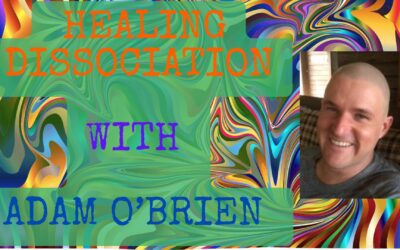
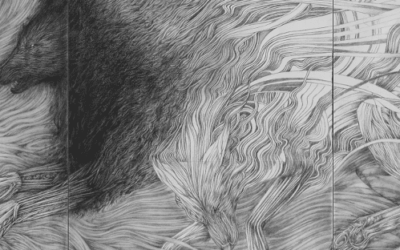
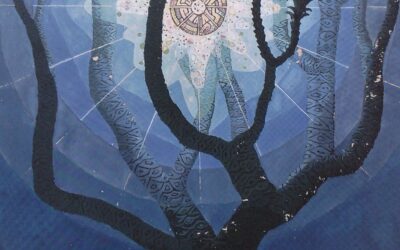
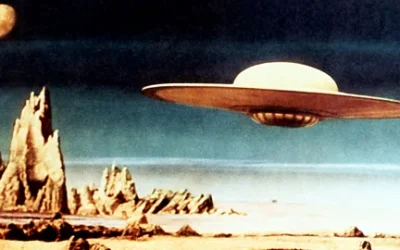
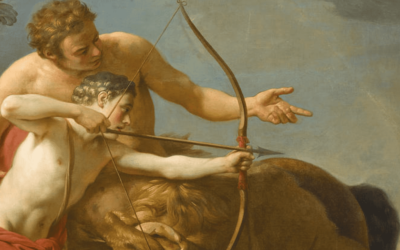

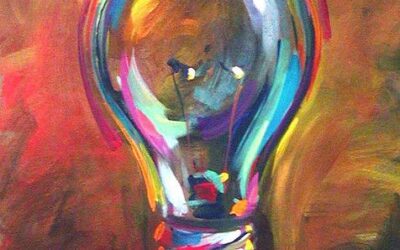
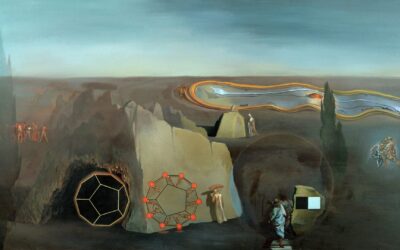
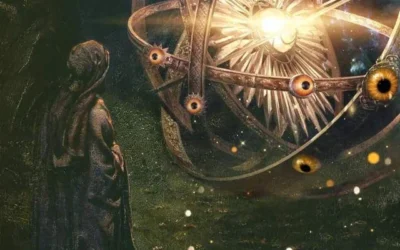
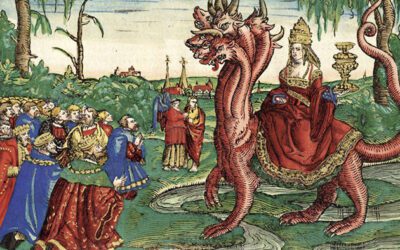

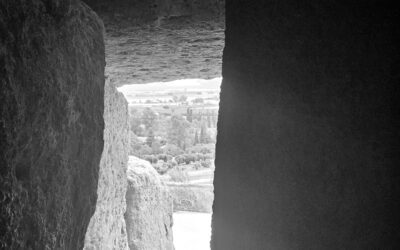
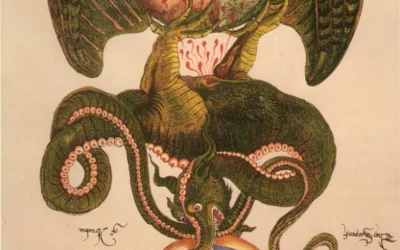
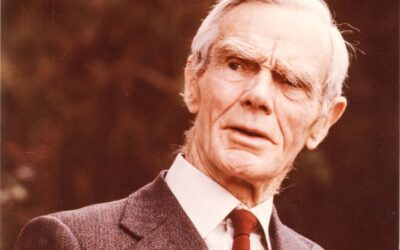
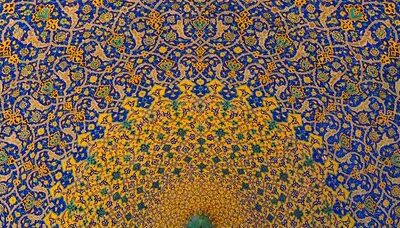
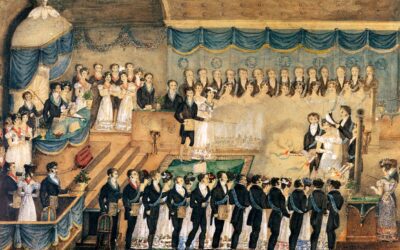

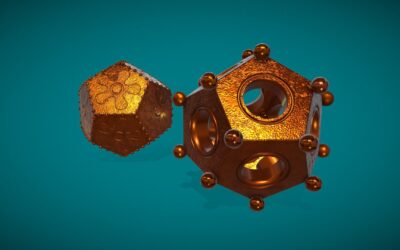

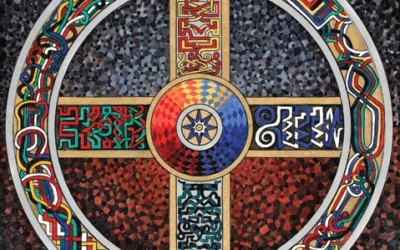

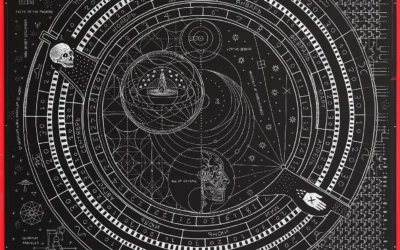
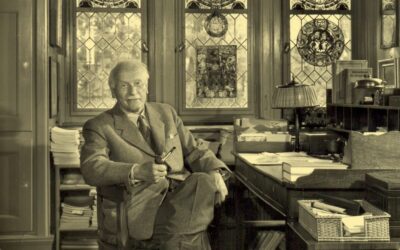
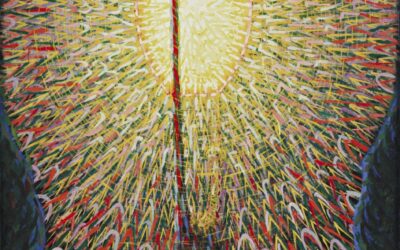
0 Comments